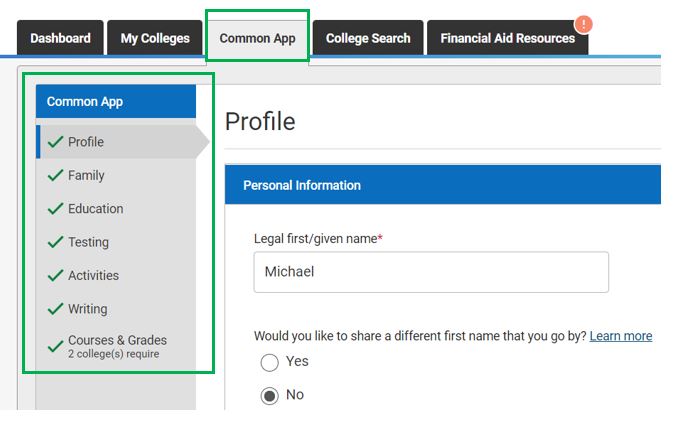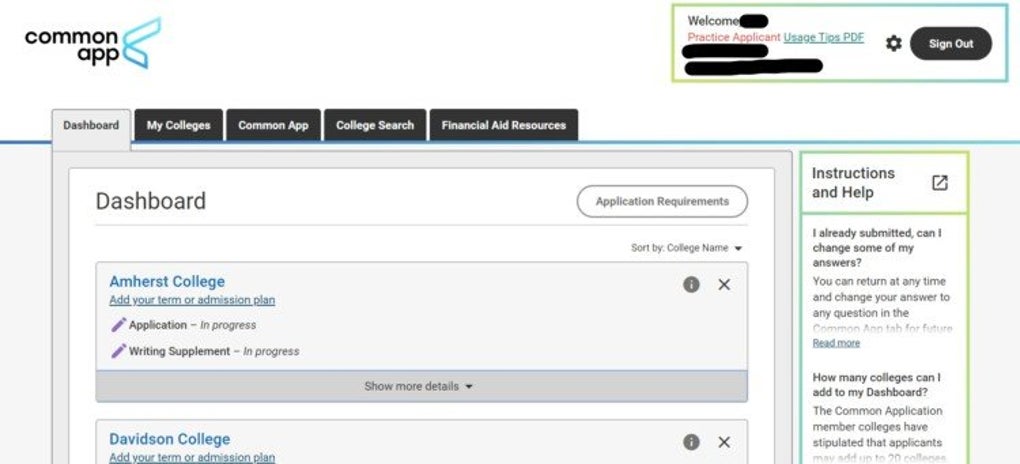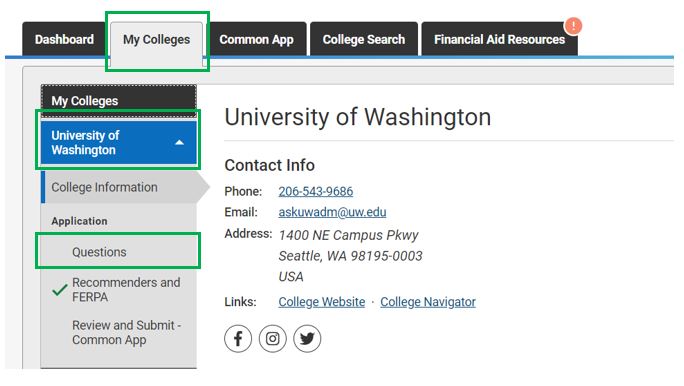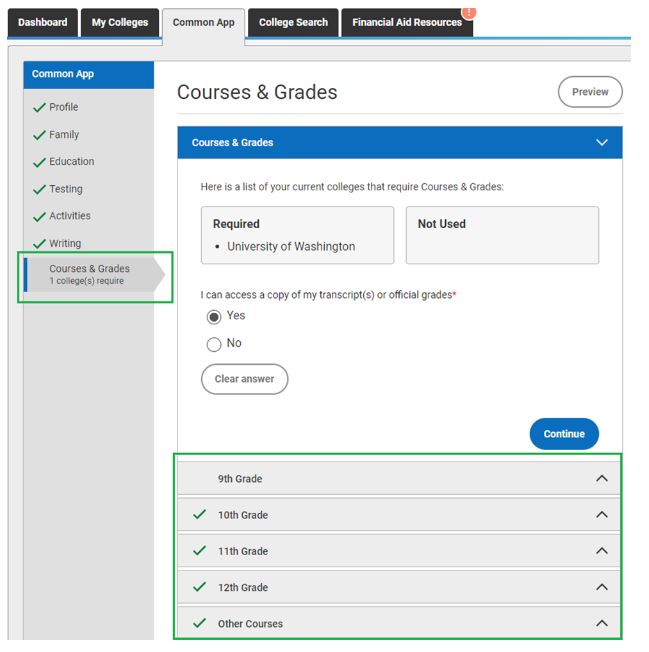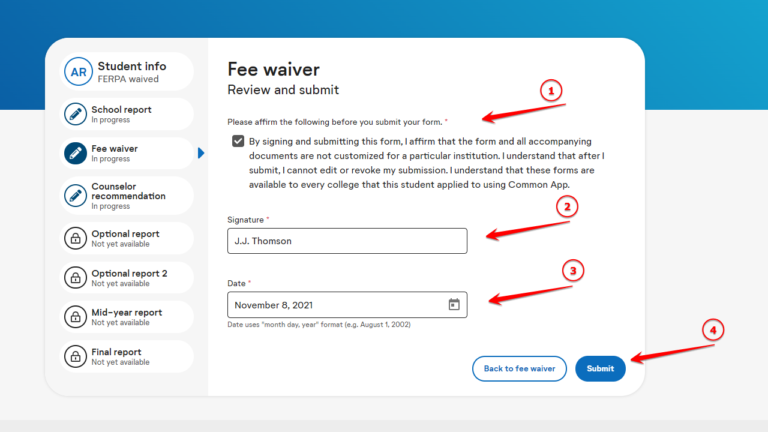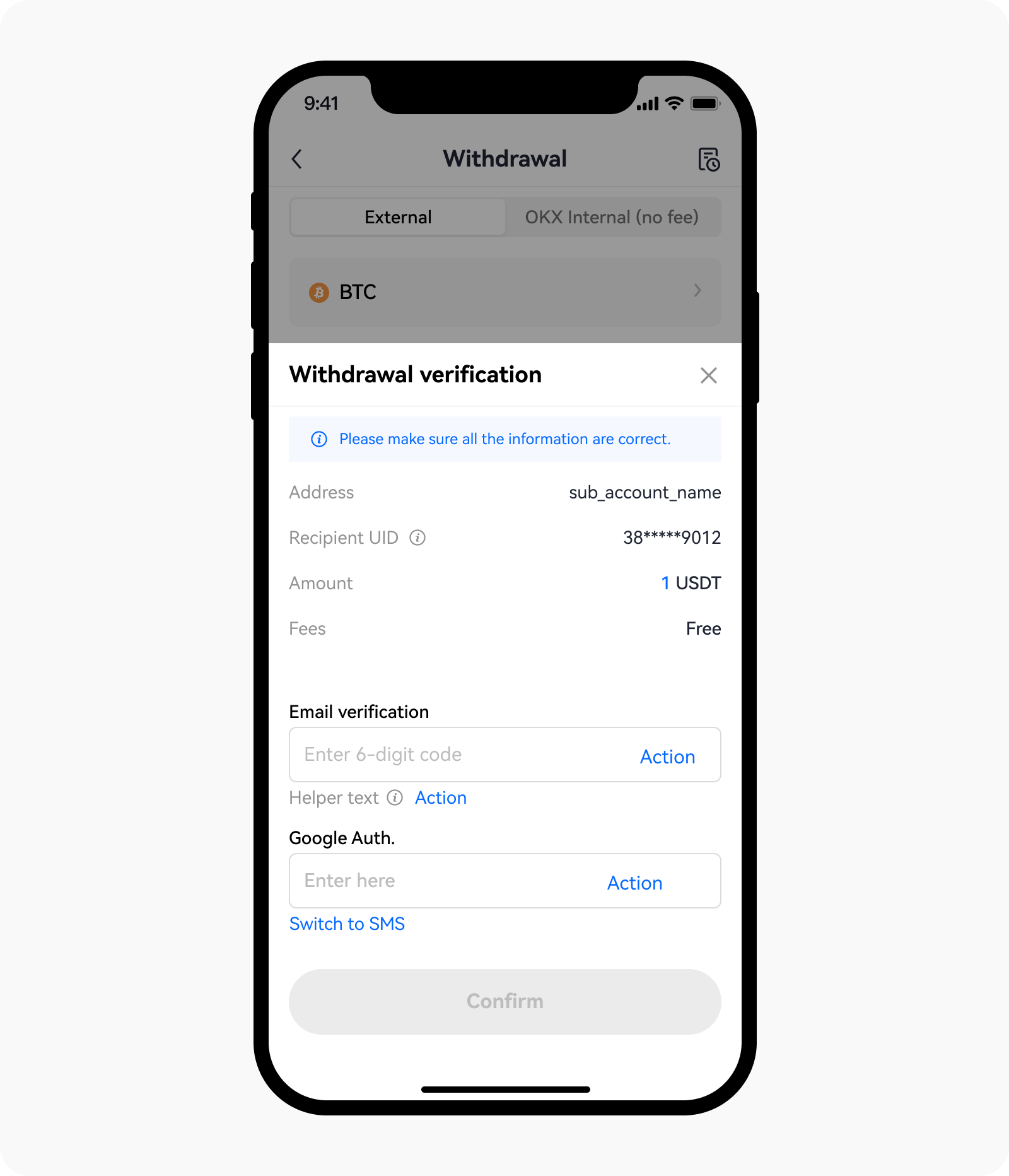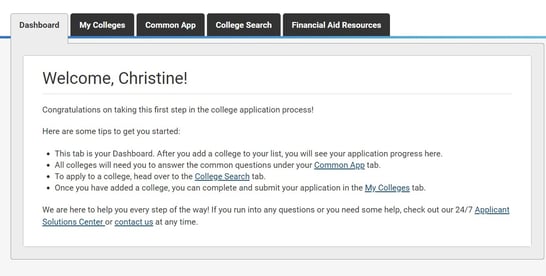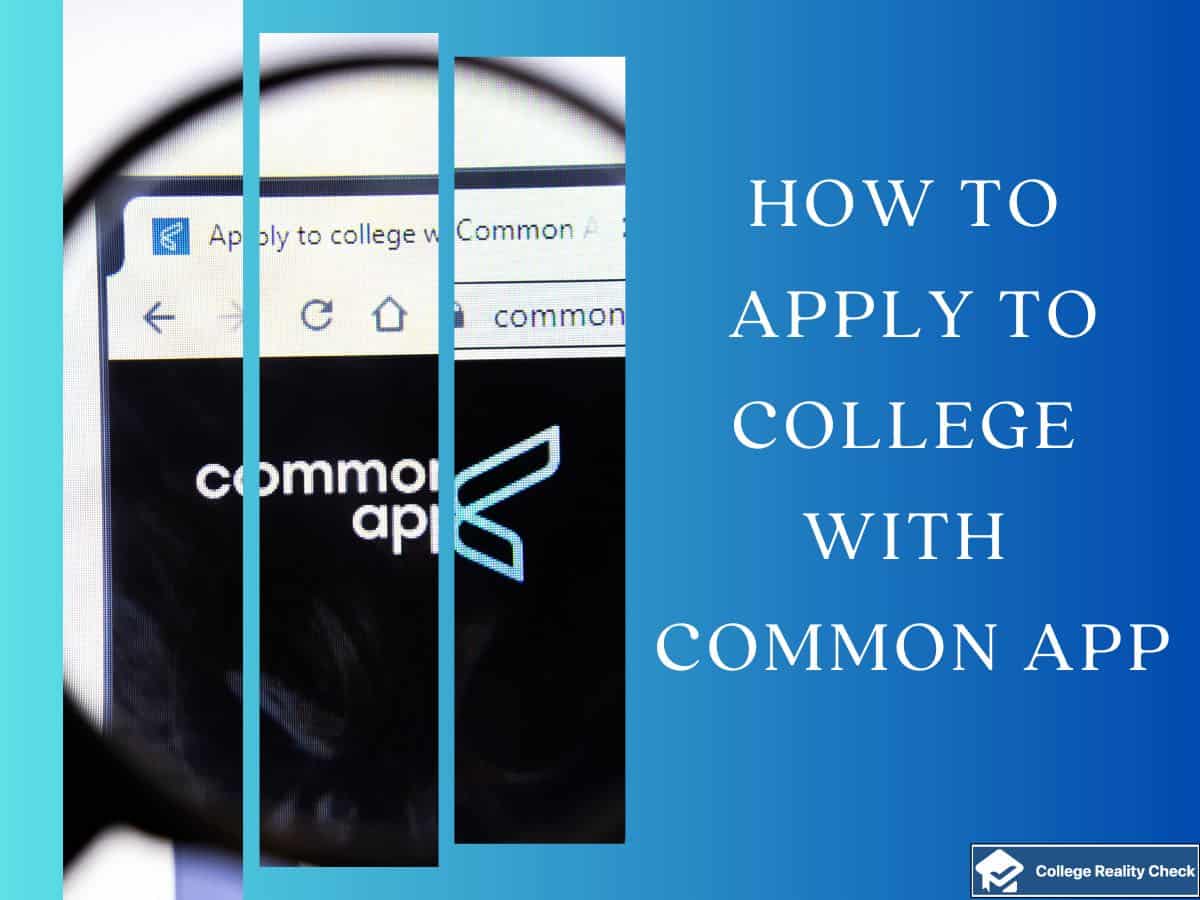How To Withdraw Application On Common App
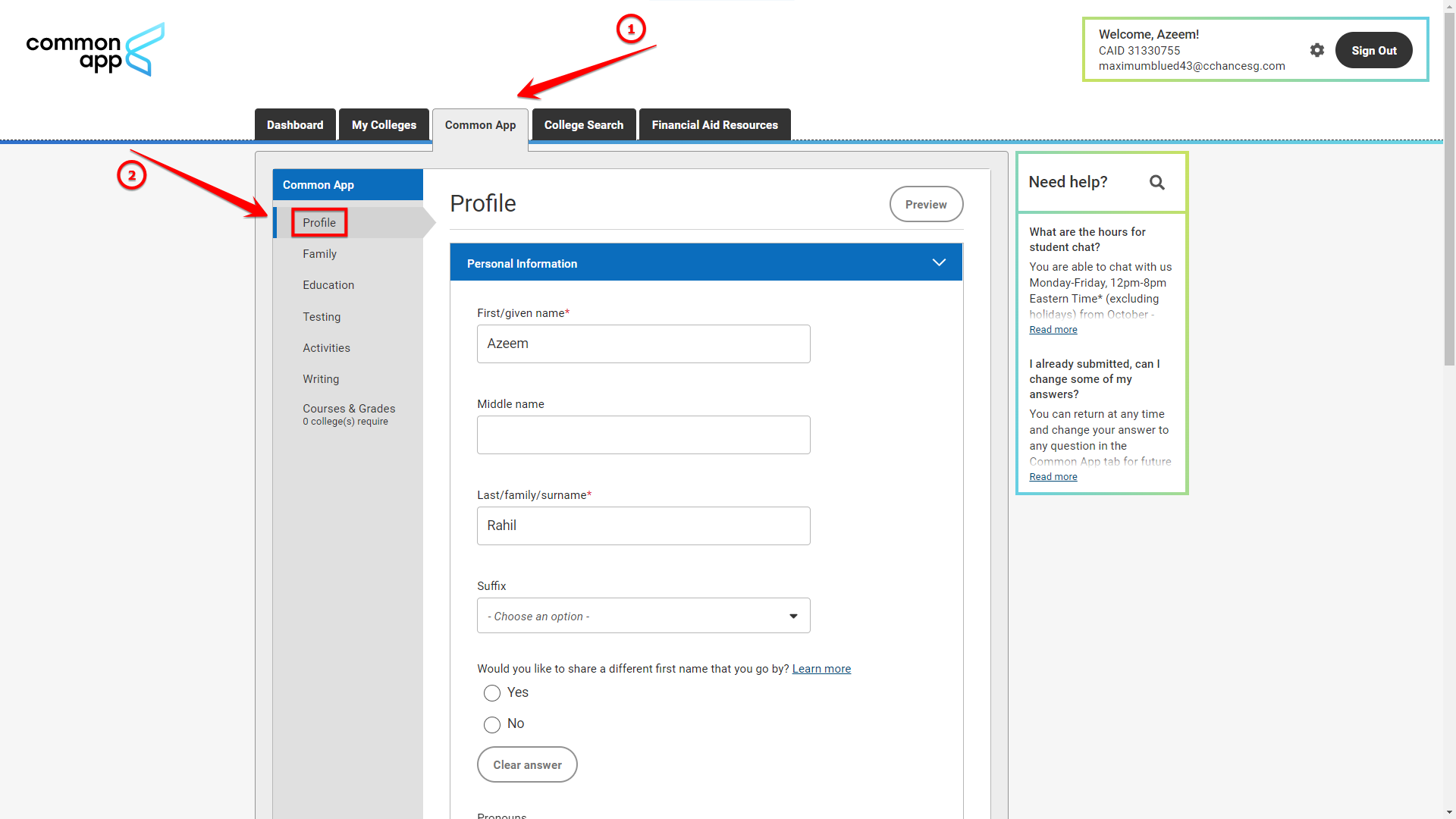
Imagine a crisp autumn afternoon, leaves swirling outside your window as you huddle over your laptop. The glow of the screen illuminates your face, reflecting the mixed emotions swirling within you. Perhaps you’ve received an acceptance letter from your dream school, or maybe your academic path has taken an unexpected turn. Whatever the reason, you’re now facing the question: how do you gracefully withdraw your application from the Common App?
Navigating the college application process can feel overwhelming. This article serves as a comprehensive guide, providing clear, step-by-step instructions on how to withdraw your application using the Common App system. We'll also delve into some best practices and considerations to ensure a smooth and professional experience.
Understanding the Significance of Withdrawing Your Application
Before diving into the technical steps, it's crucial to understand why withdrawing your application is important. It’s more than just a formality; it's a demonstration of respect for the admissions committees and other applicants.
Withdrawing frees up a spot for another deserving student and helps colleges refine their enrollment projections. This contributes to a fairer and more efficient admissions process for everyone involved.
Furthermore, maintaining clear communication with colleges demonstrates maturity and professionalism. These are valuable qualities that will serve you well in your academic and professional life.
Step-by-Step Guide to Withdrawing Your Application on Common App
The Common App doesn't offer a universal "withdraw" button. Instead, the process involves contacting each college directly.
Step 1: Identify the Colleges You Wish to Withdraw From
Start by making a list of the colleges where you want to withdraw your applications. Double-check to ensure you're not accidentally withdrawing from a school you still want to consider.
It's best to organize this list for clarity.
Step 2: Locate the Admissions Office Contact Information
Visit each college's official website and navigate to the Admissions or Undergraduate Admissions section. Look for contact information, including email addresses or phone numbers for admissions officers.
The admissions website typically includes a staff directory with individual contact emails. Save these details for each institution.
Step 3: Craft a Professional Withdrawal Email
Compose a separate email for each college, addressing it to the appropriate admissions officer or the general admissions email address. Ensure each email is personalized.
Here's a template you can adapt:
Subject: Application Withdrawal - [Your Name] - [Application ID, if known]
Dear [Admissions Officer Name or Admissions Committee],
I am writing to formally withdraw my application for admission to [College Name] for the [Fall/Spring] [Year] term. I have decided to pursue other academic opportunities that are a better fit for my current goals.
Thank you for considering my application. I appreciate the time and effort your team has dedicated to reviewing my credentials.
Sincerely,
[Your Full Name]
[Your Email Address]
[Your Phone Number (Optional)]
Important Note: Keep the tone polite and respectful, regardless of your reasons for withdrawing. Expressing gratitude for their consideration goes a long way.
Step 4: Sending the Email and Confirming Receipt
Carefully proofread each email for any errors before sending it. Accuracy reflects well on you.
After sending the emails, monitor your inbox for confirmations. If you don't receive a response within a few days, consider following up with a brief email or a phone call.
Step 5: Keep Records of Your Withdrawals
Maintain a record of all withdrawal emails sent, along with any confirmation responses you receive. This documentation might be useful later.
A simple spreadsheet or document can help you track the dates you sent the emails and the responses received.
Dos and Don'ts When Withdrawing Your Application
Withdrawing an application requires tact and professionalism. Here are some crucial dos and don'ts to keep in mind.
Do: Be prompt. Withdraw as soon as you've made your decision.
Do: Be polite and respectful in your communication. Acknowledge the college's efforts.
Do: Be clear and concise in your email. State your intention directly.
Don't: Provide excessive details about your reasons for withdrawing. A simple explanation is sufficient.
Don't: Wait until the last minute. Give the college ample time to adjust their admissions process.
Don't: Forget to thank the admissions committee for their time and consideration. Gratitude always matters.
Addressing Potential Scenarios
The withdrawal process can sometimes present unique scenarios. Understanding how to address these situations can help ensure a smooth experience.
Scenario 1: Receiving an Acceptance After Submitting a Withdrawal Request: If you receive an acceptance letter after submitting a withdrawal request, it's still important to honor your initial intention. Inform the college of your prior email immediately.
Scenario 2: Changing Your Mind After Withdrawing: If you change your mind after withdrawing, contact the admissions office as soon as possible. While it's not guaranteed, they may be able to reinstate your application, depending on the circumstances and deadlines.
Scenario 3: Scholarship Considerations: If you’ve received a scholarship offer, clarify the impact of withdrawing your application on the scholarship. Scholarship parameters vary.
The Ethical Implications of Application Withdrawal
The college application process isn't just about individual aspirations. It's part of a larger ecosystem that affects numerous students and institutions. Withdrawing thoughtfully contributes to the integrity of the process.
According to data from the National Association for College Admission Counseling (NACAC), colleges rely on accurate application data to manage their enrollment effectively. Withdrawing promptly helps avoid over-enrollment issues.
Holding multiple offers without intending to enroll at each institution can negatively impact other applicants waiting for a spot. Ethical application practices promote fairness.
Final Thoughts: Embracing Your Path Forward
Withdrawing a college application can be a significant step, marking a pivotal moment in your academic journey. As you navigate this process, remember to approach it with thoughtfulness, respect, and clear communication.
The Common App, while not providing a direct withdrawal button, allows for a personalized approach through direct contact with each institution. This individualized process encourages communication and reflects respect.
As you embark on your chosen path, whether it’s at your dream school or on a new adventure, remember that this experience has equipped you with valuable skills in communication, decision-making, and ethical conduct. Embrace the future with confidence and excitement, knowing that you’ve navigated the college application process with grace and integrity.


